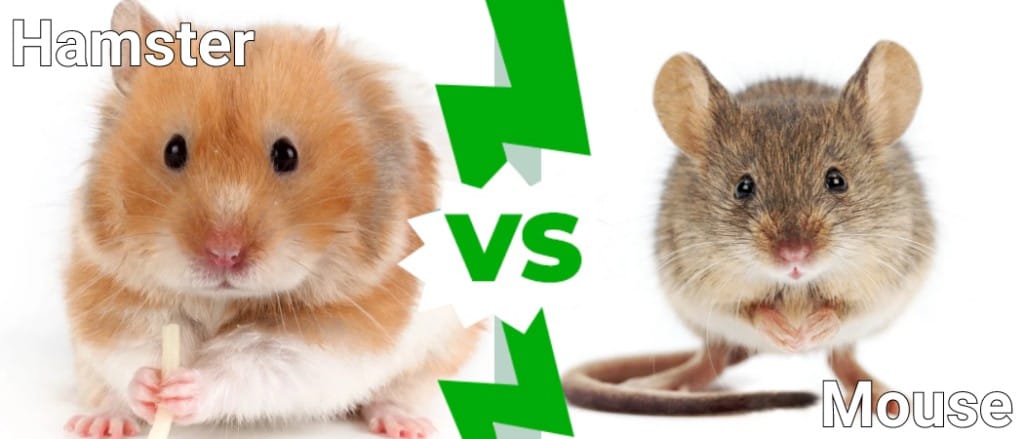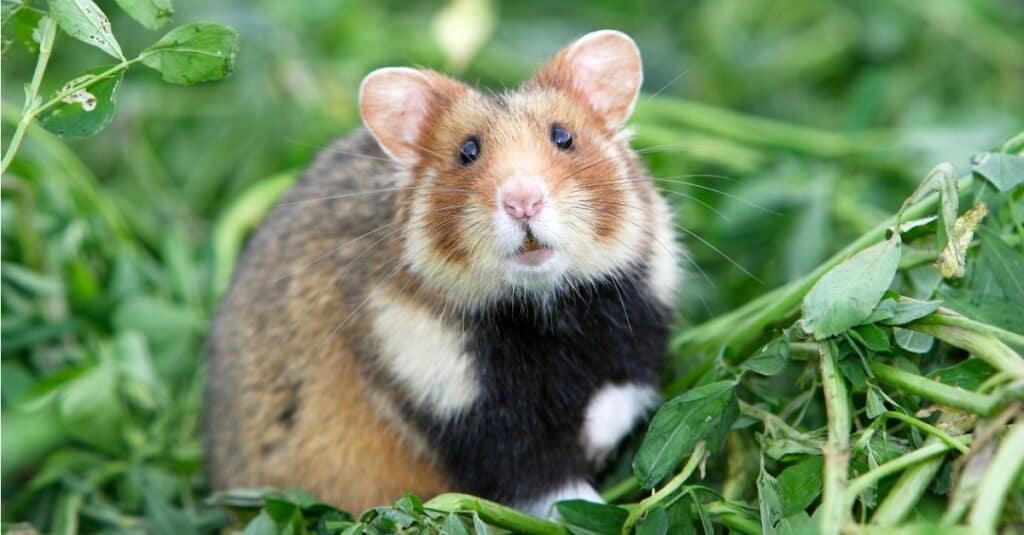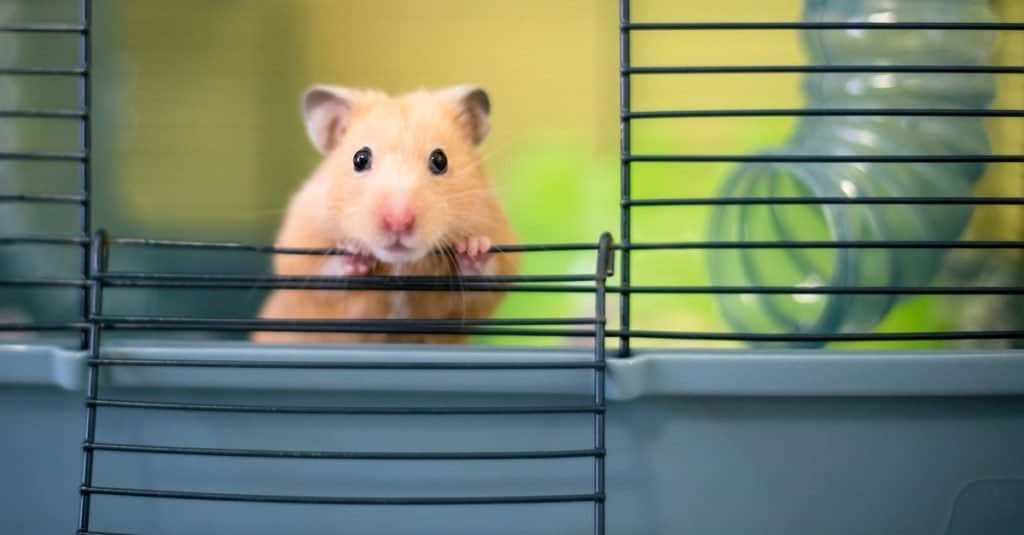You may already be aware of some of the key differences between hamsters vs mice, but what if there were even more differences between these two rodents than you expected? For example, hamsters are members of the Cricetidae family, while mice are members of the Muridae family. But this is only the beginning of their primary differences.
In this article, we will compare the hamster and mouse in just about every way, including their preferred diets, habitats, appearance, and more. Not only will you be able to identify these rodents individually, you will be able to compare the two side by side in no time. Let’s get started and learn about these rodents now.
Comparing Hamster vs Mouse

| Hamster | Mouse | |
|---|---|---|
| Size | 2-15 inches | 3-5 inches |
| Appearance | Stubby tail; small ears and large eyes | Large eyes and ears; long tail |
| Diet | Hamster pellets, fresh fruits and vegetables, seeds and hay | Plant matter, insects, fruits and vegetables |
| Tail | 3 centimeters or shorter | 2-4 inches long |
| Habitat | Primarily domesticated; mild temperatures, enclosed nesting box | Urban areas; fields, woodlands, and inside homes |
| Behavior | Friendly and active | Shy and curious |
The Main Differences Between Hamster vs Mouse

Hamster species can be much larger than the average mouse.
©iStock.com/Michel VIARD
There are key differences separating hamsters from mice. Hamster species can be much larger than the average mouse. Many hamsters are found in a variety of colors, while common mice tend to be brown or gray. However, mice are also found in a number of colors and patterns just like hamsters, so this should not be the sole method of identification.
The diets between hamsters vs mice differs as well, with many domesticated hamsters eating a more well-rounded diet than wild mice. A mouse habitat also differs from a hamster habitat, as mice live a much more flexible lifestyle than hamsters do. However, domesticated hamsters and mice live in similar habitats.
But in order to fully understand these two rodents, we need to address them more in-depth. Let’s talk more about the differences between hamsters vs mice now.
Hamster vs Mouse: Appearance
An easy way to tell a hamster from a mouse is simply by looking at them. Hamsters have short legs and tails with relatively wide bodies; mice are more slender than hamsters, with incredibly long and narrow tails.
While it depends on the specific species of hamster or mouse, some hamsters have spots or blotches of color on them or have a white underbelly and a colored back. The same can also be said for certain species of mice, though many wild mice are a single color to better protect them in a natural environment. However, given just how many different species of mice there are, mice likely come in more color combinations than the average hamster species!
Mice have larger ears and eyes than the average hamster, which can be another easy way to distinguish them from one another. However, some hamsters have incredibly large ears, so it may be smarter to look at their overall body size and shape first.

Hamsters have short legs and tails with relatively wide bodies; mice are more slender than hamsters, with incredibly long and narrow tails.
©Rudmer Zwerver/Shutterstock.com
Hamster vs Mouse: Habitat
Another key difference between a hamster vs mouse is their preferred habitat. Depending on the breed of hamster, many enjoy a quiet and warm nesting box, whether they are in an enclosure or in the wild. Mice are similar, but many mice make their home in underground burrows in the wild, or perhaps in the walls of your residential home!

Both hamsters and mice hoard their food, whether they are domesticated or not!
©Mary Swift/Shutterstock.com
Hamster vs Mouse: Diet
When it comes to diet, hamsters vs mice have some differences in what they prefer to eat. Hamsters kept in captivity enjoy a well-rounded diet of hamster pellets, hay, fresh fruits and vegetables, and seeds. Mice differ from hamsters in this way in that they are highly opportunistic omnivores, eating a wide variety of things the moment they stumble upon it. However, both hamsters and mice hoard their food, whether they are domesticated or not!
Hamster vs Mouse: Tail
Another obvious difference between hamsters and mice is the presence of a tail. Mice have tails that are often the same length as their bodies, while hamsters are born with small and nubby tails. Most hamster tails are only a matter of centimeters in length, while mice tails are inches long.
While rodents need their tails primarily for balance, hamsters seem to get along just fine without a very long tail. Mice often find themselves in more acrobatic scenarios than the average hamster, so it would make sense that they have a long tail to help them balance!

Hamsters are extremely active nocturnal creatures, while mice are active during many hours of the day, including nocturnal times.
©MainelyPhotos/Shutterstock.com
Hamster vs Mouse: Behavior
The final difference between hamsters vs mice is found in their overall behavior. No matter the breed or domesticated status of a hamster or mouse, their behaviors vary. For example, hamsters are extremely active nocturnal creatures, while mice are active during many hours of the day, including nocturnal times. Hamsters are also very friendly and easygoing, while mice tend to be more shy and curious overall, warming up to their owners in time.
While it will depend on the individual rodent, many pet hamsters require more exercise than mice. However, even the average pet mouse enjoys running in a wheel, something they share with pet hamsters!
The photo featured at the top of this post is © Happy monkey/Shutterstock.com
Thank you for reading! Have some feedback for us? Contact the AZ Animals editorial team.






